2-Methylindoline
Synonym(s):α-Methyldihydroindole;2,3-Dihydro-2-methylindole;2-Methyl-2,3-dihydroindole;NSC 65598
- CAS NO.:6872-06-6
- Empirical Formula: C9H11N
- Molecular Weight: 133.19
- MDL number: MFCD00005706
- EINECS: 229-971-0
- SAFETY DATA SHEET (SDS)
- Update Date: 2025-07-16 09:56:26

What is 2-Methylindoline?
Chemical properties
CLEAR YELLOW TO BROWN LIQUID
The Uses of 2-Methylindoline
2-Methylindoline is an intermediate in the production of various indole derivatives
The Uses of 2-Methylindoline
Reactant for preparation of:
- Inhibitors of NOD1-induced nuclear factor-κB activation
- Red fluorescent dyes for organic light-emitting diodes
- Norepinephrine reuptake inhibitors
- MT2-selective melatonin receptor antagonists
- Protease-activated receptor-1 antagonists
- Diuretic agent indapamide
- Dopamine D2/D4 receptor antagonists
- Antitumor agents
Definition
ChEBI: 2-Methylindoline is a member of indoles.
Synthesis Reference(s)
Journal of the American Chemical Society, 111, p. 4108, 1989 DOI: 10.1021/ja00193a056
Chemical and Pharmaceutical Bulletin, 26, p. 108, 1978 DOI: 10.1248/cpb.26.108
Properties of 2-Methylindoline
| Melting point: | -51 °C |
| Boiling point: | 228-229 °C (lit.) |
| Density | 1.023 g/mL at 25 °C (lit.) |
| refractive index | n |
| Flash point: | 200 °F |
| storage temp. | Keep in dark place,Inert atmosphere,Room temperature |
| solubility | Chloroform, Methanol |
| form | Liquid |
| pka | 5.26±0.40(Predicted) |
| Specific Gravity | 1.02 |
| color | Clear yellow to brown |
| Water Solubility | negligible |
| CAS DataBase Reference | 6872-06-6(CAS DataBase Reference) |
| NIST Chemistry Reference | 2-Methylindoline(6872-06-6) |
| EPA Substance Registry System | 1H-Indole, 2,3-dihydro-2-methyl- (6872-06-6) |
Safety information for 2-Methylindoline
| Signal word | Danger |
| Pictogram(s) |
 Skull and Crossbones Acute Toxicity GHS06  Environment GHS09 |
| GHS Hazard Statements |
H302:Acute toxicity,oral H311:Acute toxicity,dermal H319:Serious eye damage/eye irritation H400:Hazardous to the aquatic environment, acute hazard |
| Precautionary Statement Codes |
P264:Wash hands thoroughly after handling. P264:Wash skin thouroughly after handling. P273:Avoid release to the environment. P280:Wear protective gloves/protective clothing/eye protection/face protection. P301+P312:IF SWALLOWED: call a POISON CENTER or doctor/physician IF you feel unwell. P305+P351+P338:IF IN EYES: Rinse cautiously with water for several minutes. Remove contact lenses, if present and easy to do. Continuerinsing. |
Computed Descriptors for 2-Methylindoline
New Products
Indole Methyl Resin tert-butyl 9-methoxy-3-azaspiro[5.5]undecane-3-carboxylate Boc-His(Boc)-OH 2-CTC Resin 4-Chloro-7-tosy1-7Hpyrrolo[2,3-d]pyrimidine 5,7-Dibromo-1H-indole 2,5-dichloro-N-hydroxy-4,6-dimethylpyridine-3-carboximidamide 2,2-Dimethoxy-7-azaspiro[3.5]nonane hydrochloride 4-chloromethyl-5-methyl-1,3-dioxol-2-one (DMDO-Cl) R-2-BENZYLOXY PROPIONIC ACID 1,1’-CARBONYLDIIMIDAZOLE 1,1’-CARBONYLDI (1,2-4 TRIAZOLE) N-METHYL INDAZOLE-3-CARBOXYLIC ACID 4-((2-hydroxyethyl)thio)benzoic acid 1-(TERT-BUTOXYCARBONYL)-2-PYRROLIDINONE Methyl 6-methylnicotinate 3-Pyridineacrylic acid tert-Butyl carbazate TETRAHYDRO-2H-PYRAN-3-OL 2-((4-morpholinophenylamino) (methylthio) methylene) malononitrile 3-(4-morpholinophenylamino)-5-amino-1H-pyrazole-4-carbonitrile 2,4-dihydroxybenzaldehyde 1,3-Diethyl-1,3-Diphenylurea Methyl 2-methylquinoline-6-carboxylateRelated products of tetrahydrofuran
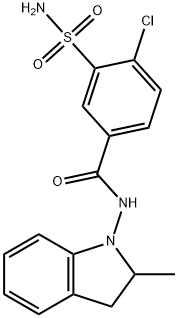

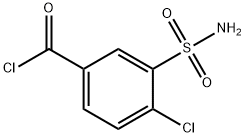
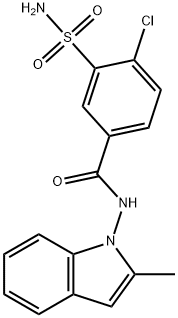
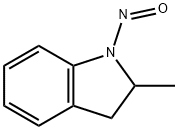

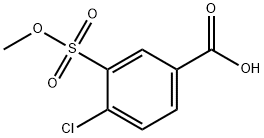
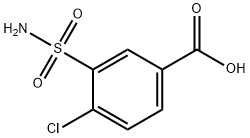
You may like
-
 6872-06-6 2-Methylindoline 99%View Details
6872-06-6 2-Methylindoline 99%View Details
6872-06-6 -
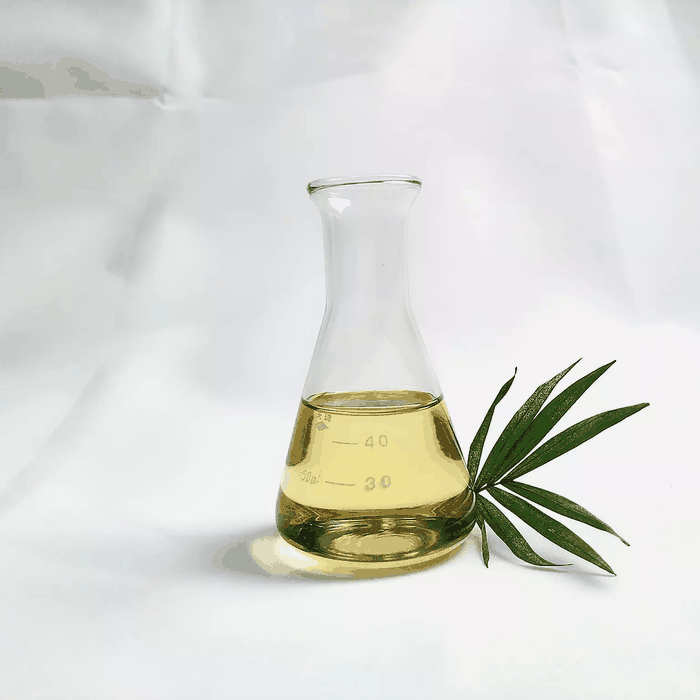 6872-06-6 98%View Details
6872-06-6 98%View Details
6872-06-6 -
 6872-06-6 2-Methyl Indoline 98%View Details
6872-06-6 2-Methyl Indoline 98%View Details
6872-06-6 -
 2-Methylindoline CAS 6872-06-6View Details
2-Methylindoline CAS 6872-06-6View Details
6872-06-6 -
 Pyridine 99.5% HPLC /UV SpectroscopyView Details
Pyridine 99.5% HPLC /UV SpectroscopyView Details
110-86-1 -
 Dibutyl PhthalateView Details
Dibutyl PhthalateView Details
84-74-2 -
 Imidazole Spot supply, competitive priceView Details
Imidazole Spot supply, competitive priceView Details
288-32-4 -
 Thiourea 99% ARView Details
Thiourea 99% ARView Details
62-56-6
Statement: All products displayed on this website are only used for non medical purposes such as industrial applications or scientific research, and cannot be used for clinical diagnosis or treatment of humans or animals. They are not medicinal or edible.
